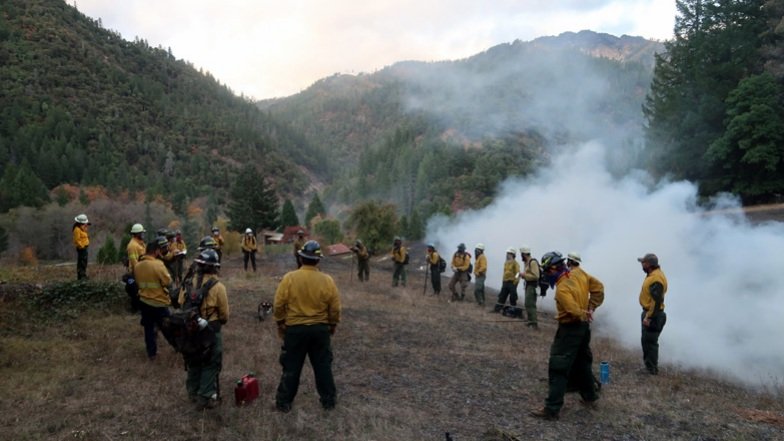
Good Fire II: Current Barriers to the Expansion of Cultural Burning and Prescribed Fire in California and Recommended Solutions
Humans once experienced an intimate relationship with fire. In some parts of the world—such as within Karuk Tribal Lands—this connection remains unbroken. In North America, widespread Indigenous fire use shaped forests and grasslands, leading to greater biological diversity and healthy watersheds while also mitigating impacts from wildfire and climate variability.

Northwest Forest Plan Amendment: Categories of Focus
With the initial round of public comments and meetings amongst the FAC coming to a close, the focus of the upcoming NWFP amendment will be honing in on protections for old-growth forests, tribal inclusion, and fire resilience. It is clear that current policies that aim to suppress fire have failed to protect native old-growth forest ecosystems, as fire suppression has resulted in uncontrollable wildfires. Old-growth forest ecosystems are one of the planet’s biggest carbon sinks and offer a natural solution to the climate crisis. Logging is one of the region's largest sources of carbon emissions. The NWFP amendment needs to protect forests from commercial logging that removes the most carbon-rich, fire-resilient trees.

Review of "Ignition: Lighting Fires in a Burning World" by M.R. O'Connor
I must say I loved this new book by nature and science writer M.R. O’Connor. “Ignition” has O’Connor spending significant time away from her partner and home in New York as she enters the world of fire practitioners plying their trade as nomadic pyrotechnicians, burn bosses and controlled fire specialists. These are wildland firefighters, many of whom maintain the same credentials as local, State and Federal wildland firefighters. Known as the National Wildfire Coordinating Group (NWCG), this body sets training and experience requirements for the many specialized roles that wildland firefighters fill on both wildland and prescribed fires.

Question Suppression: Getting the Whole Story about Fire Suppression Operations
“Question Suppression: Getting the Whole Story about Fire Suppression Operations” is a tipsheet for reporters who cover wildfire designed to aid them in asking the hard questions. It offers advice and examples to uncover how the fire is actually being managed.

Caldor Fire Story Maps by Courtney Kaltenbach and Maxwell Spiegel
“I’ve never seen a retardant drop successfully contain fire spread and I often see areas of burned forests coated in powdery pink retardant that I know is going to seep into the soil and poison the areas watershed. Aggressive fire-suppression tactics are becoming more futile and more dangerous in the face of climate change. The impacts of the Caldor Fire on Lake Tahoe is an illuminating example of the harm of fire suppression.”
Check out the story map below to learn about the suppressive firefighting tactics used during the 2021 Caldor Fire and their impacts on Lake Tahoe and the surrounding area.

Fire as the Essential Tool: Remembering to Celebrate Success
Looking at the Washburn Fire, there have been dozens of iterations of prescribed burning, thinning, and pile burning around the Mariposa Grove of Giant Sequoias and the nearby community of Wawona. In addition, the park has since the 1970’s had a program of allowing some lightning caused fires to burn. Both the human community of homes and infrastructure that comprise Wawona and the natural community of giant sequoias have benefitted from a single program of work – return fire to the extent possible to fire-dependent and fire-adapted landscapes.

FUSEE welcomes new crew members
Thanks to generous donors and the shifting cultural fire attitude around fire, the FUSEE crew is growing! We have recently welcomed more torchbearers for the new fire paradigm - an Administrative Director and two summer interns.
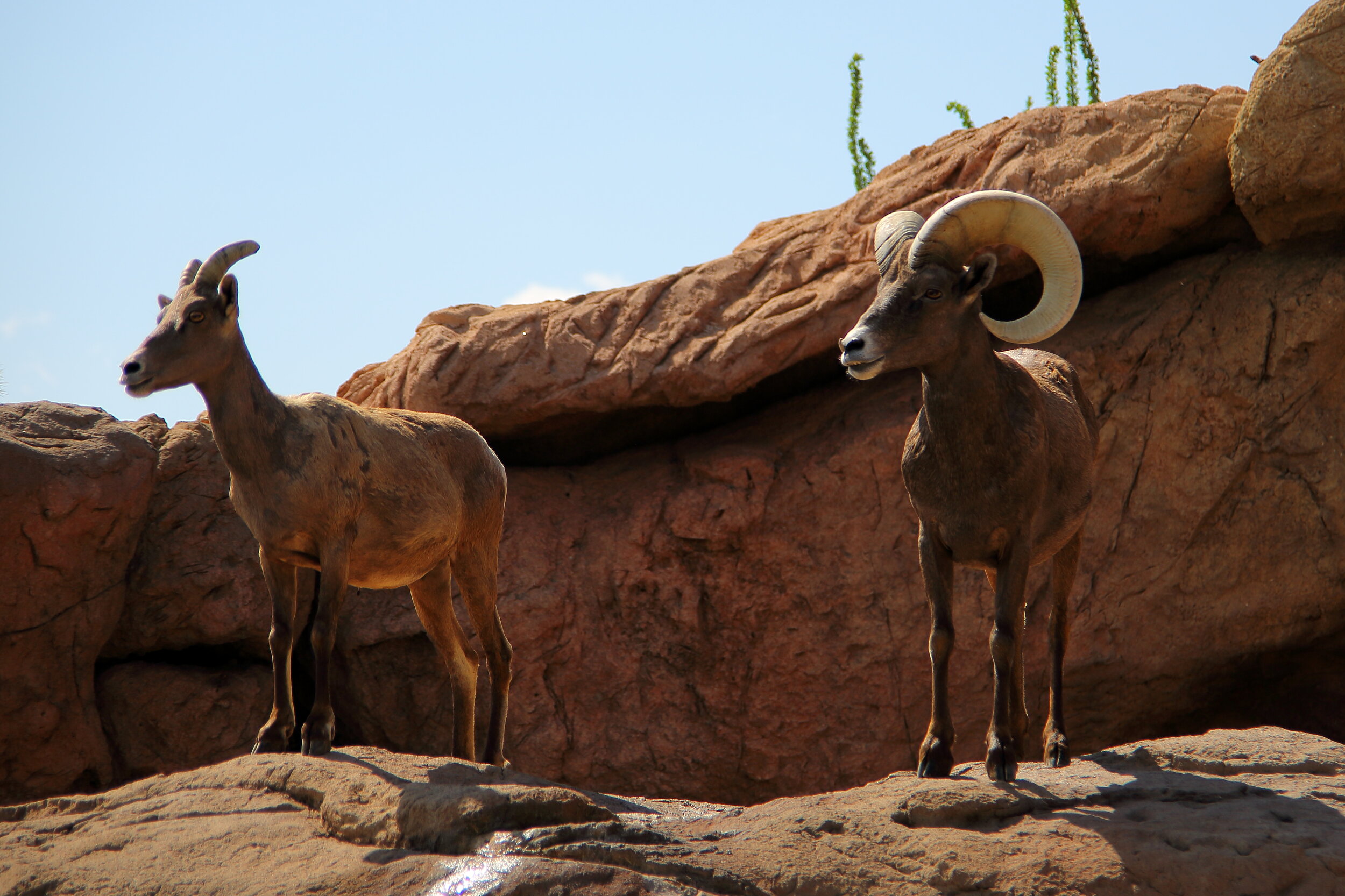
BIGHORN FIRE: A Big Fire Management Success
Managing wildfires with ecological fire use in the age of Covid-19

Wildfire Guidelines for Archaeologists (USFS)
This document briefly synthesizes some of the technical information available on the effects of fire on cultural resources. This synthesis should assist cultural resource specialists with their contributions to fire management planning, compliance for prescribed fire projects, and participation in wildland fire use or wildfire events.

Good Fire: Current Barriers to the Expansion of Cultural Burning and Prescribed Fire in California and Recommended Solutions
In 2020, over four percent of California burned in wildfire. Over 30 people lost their lives in the fires; experts estimate an additional 3,000 premature deaths may have resulted from wildfire smoke. Property damage is expected to top $10 billion.
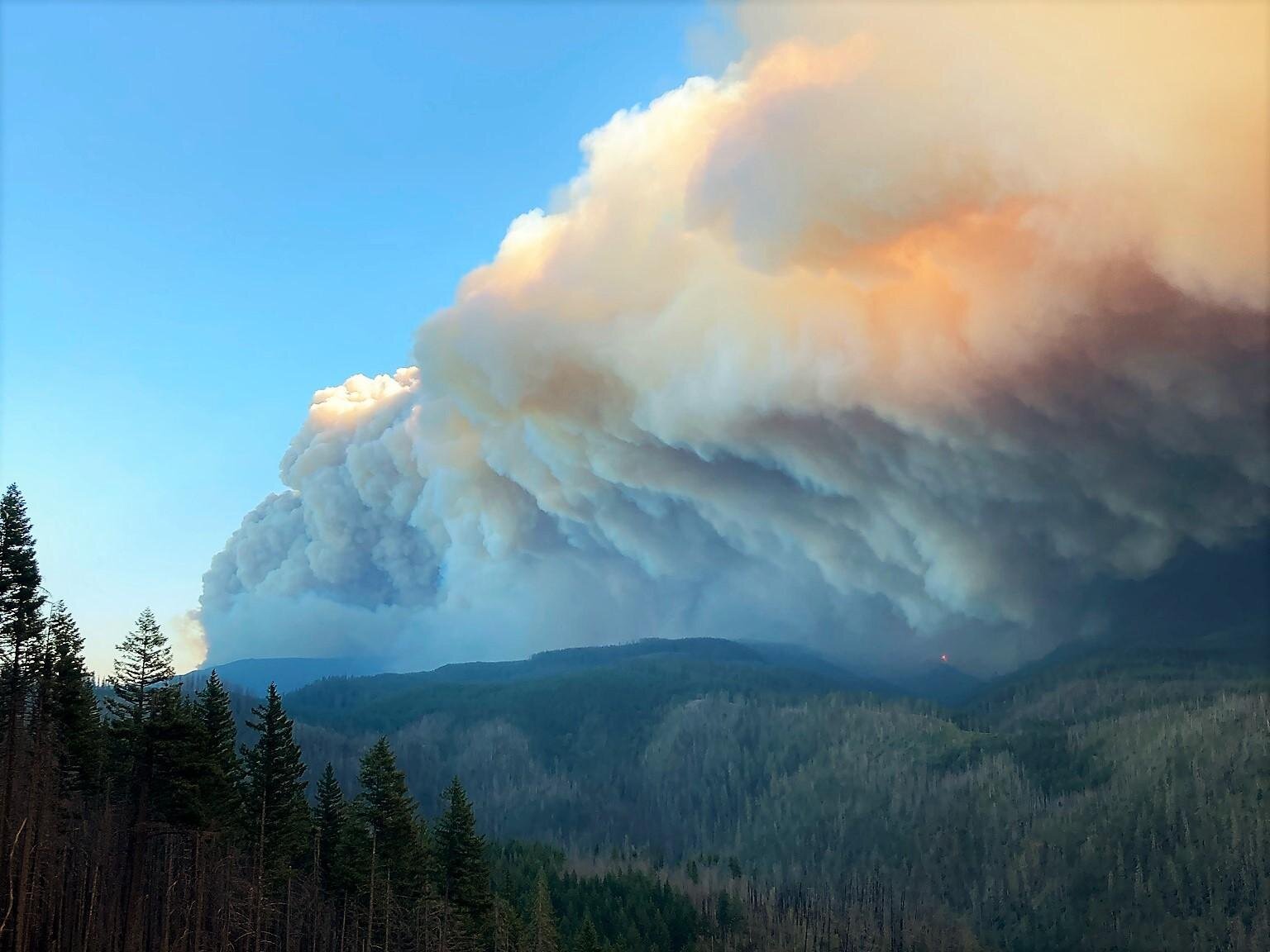

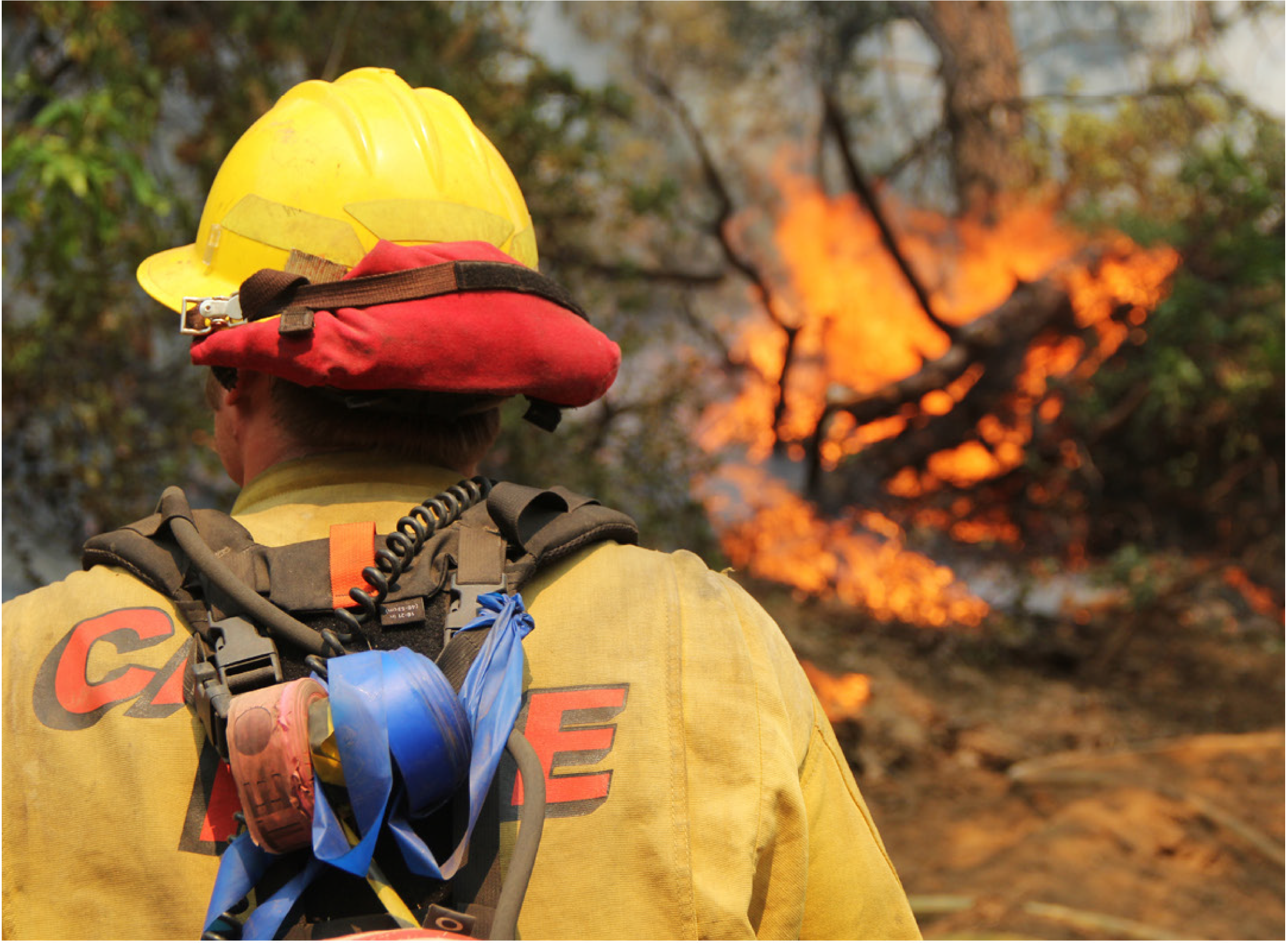
FireWatch Part 4: A Guide to Online Wildfire Information Gathering of CalFire Incidents
Learn how to monitor CALFIRE suppression operations to document its costly and destructive firefighting actions on private and state lands.
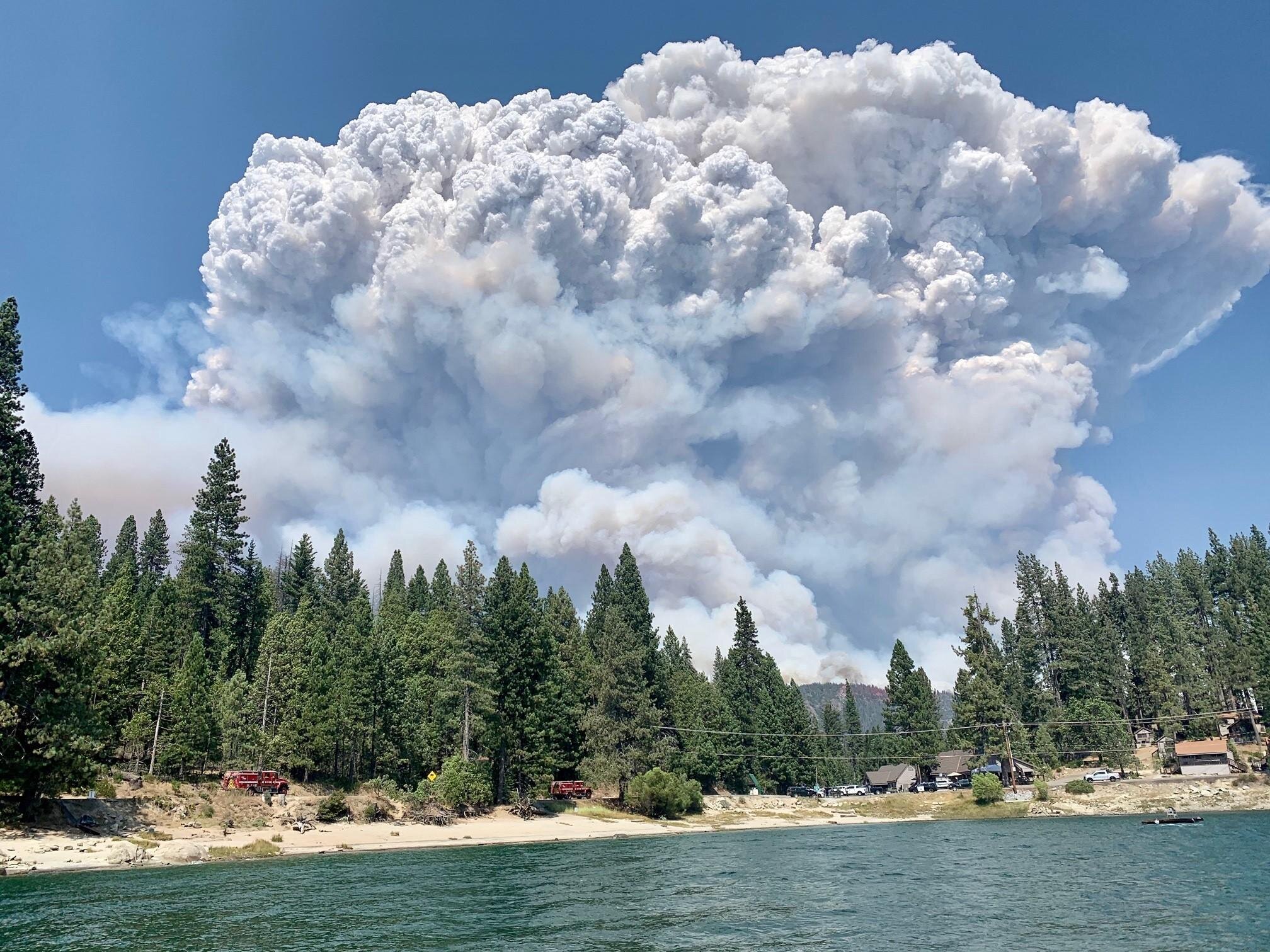
America’s Black Tuesday
“This could be the greatest loss of life and structures… in state history.”

The Science Basis for Ecological Fire Management
An introductory guide to the literature of Ecological Fire Management. This database provides an introduction to the fire science literature that gives evidence of a paradigm shift and validates the need for EFM. The database is organized by key topics in fire science and management that are also often the subject of public and policy debates over forest management.
Short synopses of each topic synthesizes some of the main papers, and each section will include bibliographic references and excerpts from of key publications. The papers cited all contribute to a growing literature that may be the science basis for developing policies, programs, and projects that implement EFM.

The Literature of Ecological Fire Management
An Unfolding Bibliography for an Emerging New Paradigm. This is a list of the best peer-reviewed publications for providing the scientific foundation for Ecological Fire Management.

Key Covid-19 Policy Documents
A compilation of the key policy documents that were published around the Covid-19 pandemic and wildland firefighters.
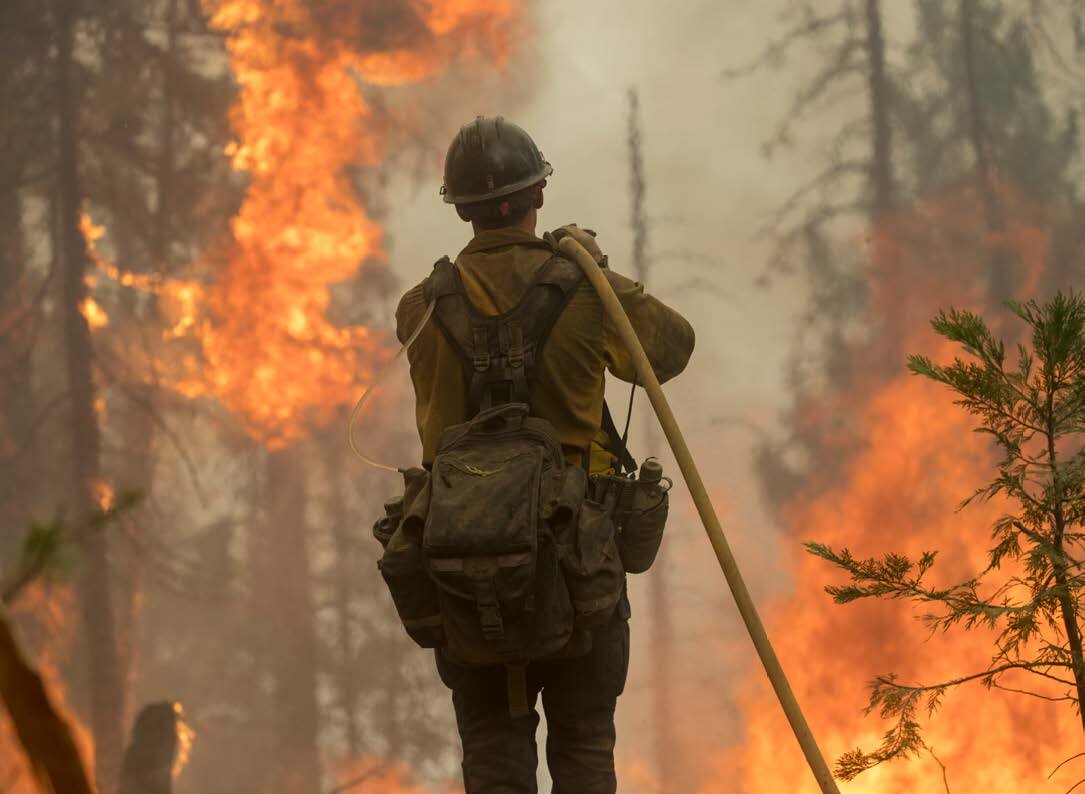
Incendiary Rhetoric: Climate Change, Wildfire, and Ecological Fire Management
Incendiary Rhetoric: Climate Change,Wildfire, and Ecological Fire Management is a guide intended to help forest and climate activists talk to broad audiences about wildfire in the era of climate change, in ways that are grounded in the best available fire and climate science and progressive fire management policy.
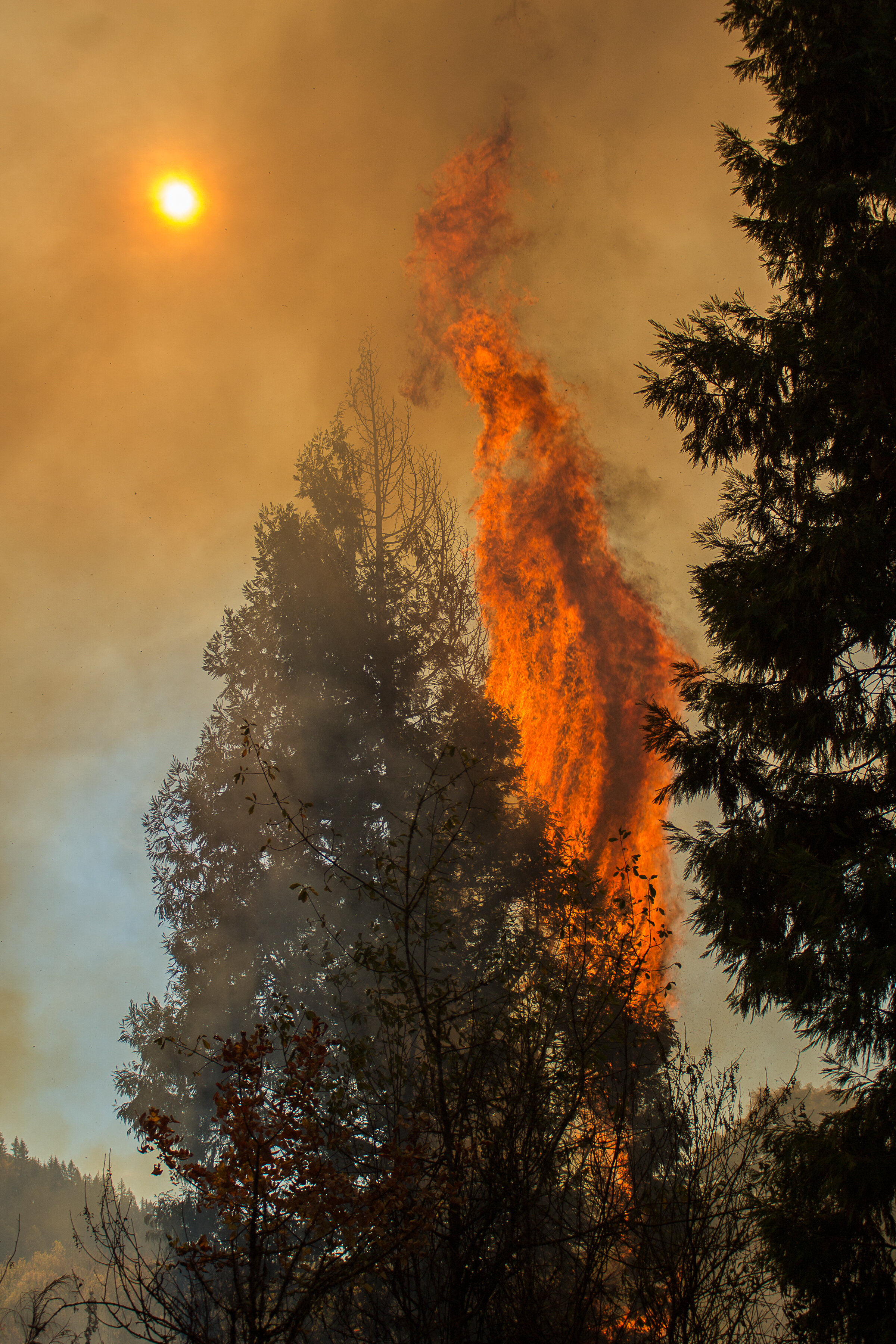
PYROGANDA: Creating New Terms and Identities for Promoting Fire Use in Ecological Fire Management
Agencies, organizations, and institutions in the wildland fire community will have to engage in an explicit pro-fire “pyroganda” campaign to help counter its historic anti-fire propaganda and inspire necessary changes in consciousness and behavior in the public and fire management workforce. As part and parcel of this effort, FUSEE proposes renaming wildland firefighters as fire rangers.
